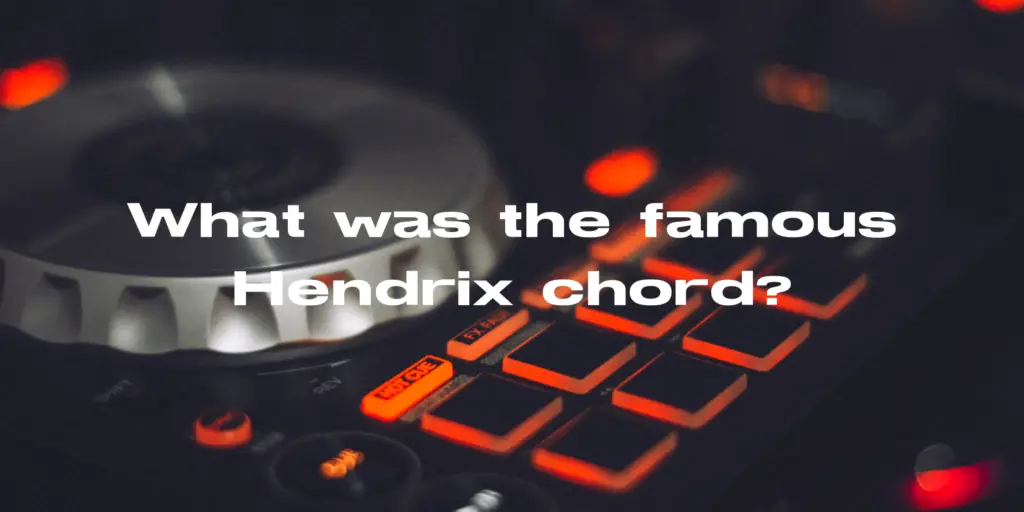Jimi Hendrix, the legendary guitarist of the 1960s, was not only celebrated for his fiery guitar solos and electrifying stage presence but also for his groundbreaking approach to chord progressions and voicings. Among the many chords and techniques he introduced to the world of rock and blues, one chord, in particular, stands out – the “Hendrix chord.”
The “Hendrix chord,” as it’s commonly known, is more accurately described as a chord embellishment or extension rather than a unique chord. It involves taking a standard major or minor chord and adding an extra note to create a richer and more colorful sound. Jimi Hendrix was a master at adding these embellishments to his chord progressions, resulting in a signature sound that set him apart from other guitarists of his time.
The most famous of these embellishments was the “Hendrix chord” heard in songs like “Purple Haze.” The chord in question is typically a dominant 7#9 chord. This chord is constructed by taking a standard 7th chord (which includes the root, 3rd, 5th, and 7th notes of a scale) and adding the #9, which is an octave above the 2nd note of the scale.
In the case of a dominant 7#9 chord, it involves the following notes:
- Root
- Major 3rd
- Perfect 5th
- Minor 7th
- Sharp 9th (also known as the diminished 3rd)
This distinctive chord voicing creates a dissonant and tension-filled sound, which is characteristic of Hendrix’s music. The #9 (or diminished 3rd) note is the one that gives the chord its unique and somewhat “Hendrix” quality.
This chord is prominently featured in the opening riff of “Purple Haze,” where Hendrix plays a B7#9 chord. The dissonance and edginess of the chord set the tone for the song and became an emblematic sound of the psychedelic rock era.
Hendrix’s use of chord embellishments and extensions was revolutionary, and it greatly expanded the vocabulary of rock guitar. The dissonant and adventurous nature of these chords added depth and complexity to his music, helping to shape the psychedelic and blues-rock genres. This approach to chords also contributed to the sonic diversity and innovation that Jimi Hendrix is celebrated for.
While the “Hendrix chord” may not be a standalone chord in the traditional sense, it represents a crucial aspect of Hendrix’s guitar wizardry and a testament to his innovation and creativity in shaping the sound of rock music. It’s a reminder that the guitar is not just a tool for playing chords but a canvas for musical exploration and expression.

